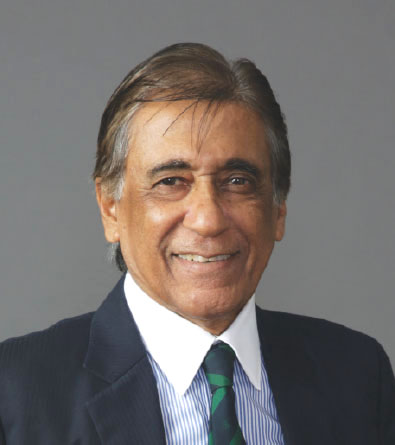
The public often forgets the vast scale and diversity of subcontinental India. For instance, within the education sector there are 1.4 million primary-secondary schools; 43,796 junior and undergrad colleges and 1,113 universities countrywide established to serve the educational needs of over 500 million children and youth. It’s quite obviously impossible to evaluate and rank them all. Therefore all ranking agencies and media publications restrict themselves to rating and ranking the Top 1,000, Top 200 or other appealing number.
Moreover contrary to popular opinion, it’s also impossible to conduct physical audits of even the small numbers. It would be very expensive and time consuming. The audit methodology of grading universities is practiced by NAAC (National Assessment and Accreditation Council, estb. 1994) which dispatches task forces of academics to conduct on-site institutional audits — at the assessee institution’s expense. That’s why in the 29 years since NAAC was established, it has assessed a mere 9,062 colleges and 418 universities in India.
Therefore the standard method for assessing education institutions is by constituting a sample respondents database of knowledgeable individuals and persuading them to award perceptual scores on a scale of 1-100 under several parameters of school, collegiate and higher education excellence. The scores awarded under each parameter are totaled to rank institutions inter se. The other methodology is to constitute a jury of eminent educationists and invite them to rank education institutions in separate categories.
Of the two methodologies we prefer the former because it is based on field interviews with a large number of knowledgeable individuals and is likely to be more accurate. However in EducationWorld we also resort to using jury evaluations to rate and rank self-nominated schools.
In EducationWorld, we accord high importance to institutional ratings and rankings. Over the years the annual EducationWorld India School Rankings introduced in 2007 in which every September we rank over 4,000 schools countrywide in discrete categories under 14 parameters, has evolved into the largest schools rating and ranking survey worldwide, and generates tremendous enthusiasm.
The great public interest in our school and preschool (estb.2010) ranking surveys prompted us to introduce the annual EducationWorld India Higher Education Rankings (EWIHER) of undergrad colleges and universities in 2013. The country’s Top 500 Arts, Science, Commerce colleges divided into private autonomous and non-autonomous and government autonomous and non-autonomous — it’s complicated — were separately ranked under several parameters last month (April). In this issue, we similarly evaluate India’s Top 300 government and private universities. EWIHER 2023-24 will prove very useful to school leavers and graduate students for short-listing, if not finalizing, the most aptitudinally suitable higher education institution.


























